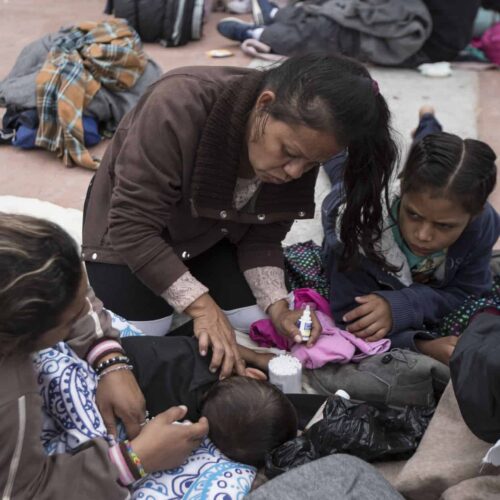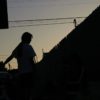Introduction
Trump Administration officials are threatening to detain and prosecute a “caravan” of Central Americans marching northward the migrants enter the U.S. unlawfully to seek asylum. Dozens of migrants, including mothers, children and transgender women arrived in Tijuana this week, amid reports that some are intent on presenting themselves to U.S. Border and Customs agents to ask for refuge.
President Trump dubbed the caravan “a disgrace,” and U.S. officials have accused migrants of inventing stories to try to win asylum. The U.S. State Department’s own travel warnings give credence to claims that some Central Americans do face potentially mortal threats. But migrants must convince asylum officers or judges that their individual stories and fears are true, if they enter and hope to stay on American soil.
The U.S. travel advisory on Honduras says: “Violent crime, such as homicide and robbery, is common. Violent gang activity, such as extortion and violent street crime, rape and narcotics and human trafficking is widespread. Local police and emergency services lack the resources to respond effectively to serious crime.” The travel advisory is almost identical for El Salvador, warning of widespread homicide, extortion and ineffectual police.
A Center for Public Integrity 2014 story —“A life-and-death struggle for asylum in America” – explains the hurdles that young Central Americans face as they are taken into custody, put into detention and attempt to make their cases for asylum. Migrants are not entitled to counsel. They must pay for lawyers or seek volunteers, and they don’t qualify for asylum simply based on generalized fear or poverty. They must prove that they fall into a threatened group, a category that can include, in some cases, women targeted for rape, extortion and killings by organized crime.
In the 1970s and 1980s, the United States was deeply involved in Central America, a region where wealthy and authoritarian families ruled over impoverished populations with impunity. For decades, regimes received U.S. backing for taking strong anti-communist stances. In the 1970s and 1980s, the United States provided billions in military hardware and training to countries whose Cold War-era militaries committed atrocities as they fought leftist insurgencies.
Read more in Inequality, Opportunity and Poverty
Immigration Decoded
Commentary: Trump’s immigration blame game
Migrants have long assumed costs, risks of border crossing—but Trump’s finger pointing now adds to the burden.
Immigration Decoded
ICE failed to penalize contract immigrant jails with thousands of safety and rights violations
Federal watchdog says contractors failed to report sexual assaults and staff misconduct to ICE investigators.



Join the conversation
Show Comments